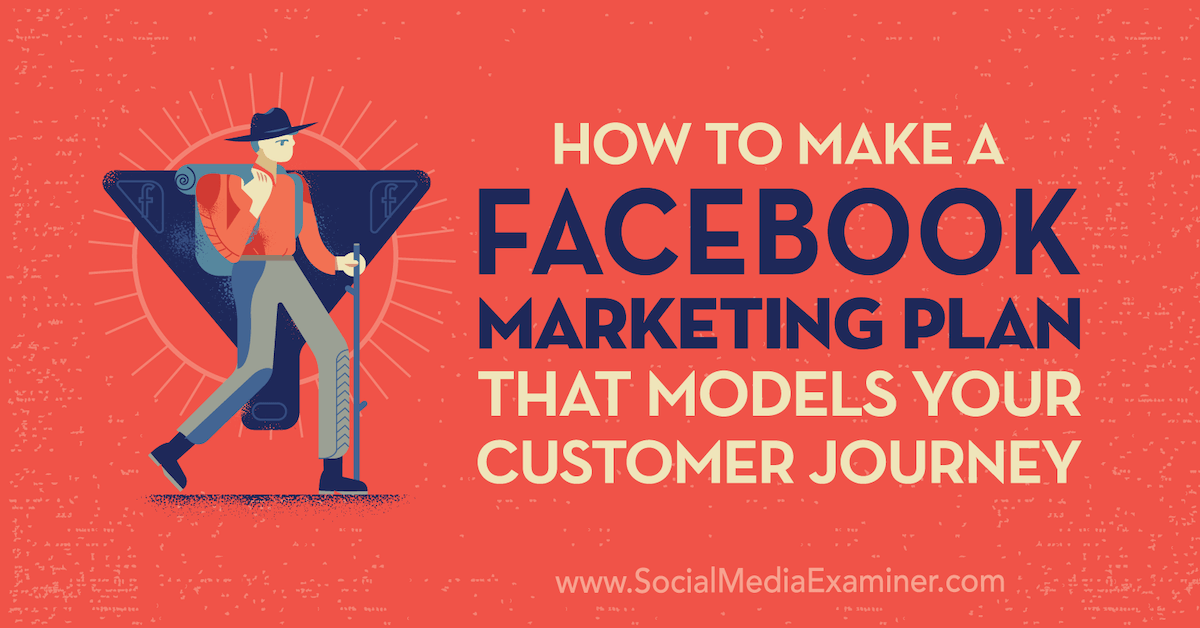Poetic Realism
1.
I began this in a driving snowstorm
so I couldn’t see the reality of things.
Or was the white-foggy danger in front of this poem
actually the reality of things.
The idea of
making elegies for unwritten poems—
I attribute to the 8 inches already fallen
and being faced with sodden home-time.
Effaced means just that. Who knew
what she looked like. Who
knew her thoughts, ending?
I couldn’t see out, since both outside and in
had shadows and crystals
of lumped up shapes.
I couldn’t see in me, either.
‘What’ is a pronoun, like he, she
it, they, we and ‘I’,
each with tracks of all of them
inside each, pocketed and stamped
on various organs
and arteries, some kind of blood type
living off the viral air of each
and brought to each via
pipelines, nets and statements of hope,
exchanges and extrusions, splaying
thru a merry metamorphic map.
Really? Does ‘what’ count
to substitute for a noun?
For all nouns, for all unknowns?
2.
So now begin today, to date, total,
will this be the day, May 14, 2018,
of the beginning of the end of the world?
or even of the current world?
Generally, it’s two decades into any century
when the character of the whole begins to be defined
or freezes or gets wrapped like death or sweats
some strait-jacket mummy shroud that the rest of the decades
spend all their collective energy
untying the tabs, chains, bindings and unreachable buckles of.
Is May 14, 2018 going to be this day?
Circa give or take
a few days? Or, you know, years.
I am haunted by these further future days.
How could I make a book of future days,
of days within more days and of their silences?
What have I come to this door
to tell you?
3.
And here, both days are now the past.
And now, another day.
What is ‘today’s thought’?
In transit
flat packed sand-mud airports
are better for takeoff and landing
but flood easily.
Another:
‘lah’ in Singapore being
situational, emphatic, not my idiom,
cozy and ironic at once.
Try it, lah.
Nothing like this is enough.
4.
I see storms coming
through this misted heat
through the foggy cold
and other alls I see, not to be told.
The press, a diagnosis
1.
I am a fleck, a stat, a barely-thought, a ‘So?’
trying to account for content
a content meant
from text. Icon.
A space between
the strata’d self, the wink of skin
and found these veins
doubly dubious
with vines and wires. A blotch
had gotten woven in my angled
strain, a living
shape of wax and wane.
Scribbled writing, scrabbled reading.
It was some over-inky inner pen
made dunks and blots.
Its tide too thick
whose swell impressed these stains up
through my arm, a force incarnadine
(the thing itself in-
karma—line)
that inked me from the inside out.
Beginning with a blood slide—
spills of spools, my
dabbled spoils of time.
These cellular portals? Each
became a leaky little door
or dictionary
with its syllables
colored by flood-words
underneath the skin
their local beat
beet-red,
a swell of purple stuff imprinted
just inside itself (in ‘me’).
2.
Of course, it seemed that I was bleeding
but I’m not. I am simply done,
finished with holding it /in /
pressing it down inside / under skin.
It looked as if I deliberately
exuded blotched bruises.
They were in truth unreadable words
to state: every sentence ever writ
had under-sentences
sucked back, unsaid. Yet unexpectedly,
they chose to write itself themselves,
inside. A purple oeuvre shaped as mine.
3.
It could be regarded as
a piece of signage or a banner
carried on me
waving myself. My under side. For the writing
sets alphabet-ing self
beyond one self.
My body published it.
The statements bleed
their carmine veiny-ness
in capillary letters.
It could be seen as clusters of bruised blood
published on me, headlines
changing daily
on my beige-white skin.
A vast wall of contemporary marks—
traces that we’re walking past—
that are also mine.
I became the wall.
I show the bleeding
wells up through our time.
Artwork © Bea Mahan
The post Two Poems appeared first on Granta.
